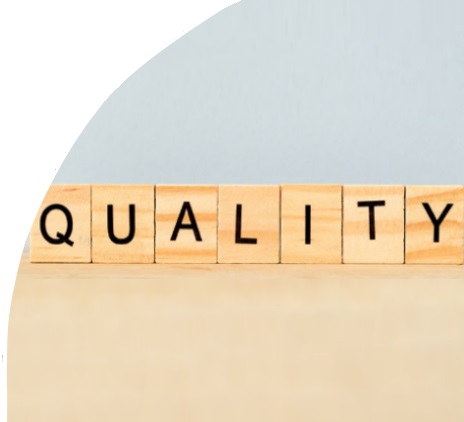Is there a better way to tackle audit quality concerns? CPA Australia takes a look at the work underway globally. Here's what the issues are.
Audit quality was already in the spotlight before UK firm Carillion collapsed in 2018, with liabilities of nearly £7 billion and hundreds of millions of pounds in unfinished public contracts. The collapse resulted in over 2000 job losses and saddled UK taxpayers with vast ongoing costs to keep essential services running. The fallout for the audit profession looks like it will be significant, if not game-changing.
“It is time for a radically different approach,” the report from the UK parliamentary joint inquiry into Carillion states.
The inquiry found KPMG to be complacent and that it failed to exercise professional scepticism towards Carillion’s accounting judgements over the firm’s 19 years as its auditor. The inquiry pointed to conflicts of interest and lack of competition in a market dominated by the Big Four firms. Proposed solutions include breaking up the Big Four into more audit firms or detaching audit arms from other professional services.
The UK Competition and Markets Authority (CMA) is considering these options in a review of the UK audit profession, focusing on: companies’ ability to choose and switch auditors, risk that the Big Four are too big to fail, and potential lack of incentive for auditors to challenge companies because directors (rather than shareholders) select their auditor. The outcome of the review is likely to impact the structure of the audit profession far beyond the UK.
Measuring audit quality
While Carillion’s troubles were crystallising, other players were already making moves to overhaul parts of audit regulation and standard setting to address perceived shortcomings in audit quality.
The International Forum of Independent Audit Regulators (IFIAR), which comprises independent audit regulators from 52 jurisdictions, aims to improve audit quality globally. IFIAR conducts an annual inspection findings survey and, following persistently high negative audit inspection findings, has agreed with the six largest global network audit firms to reduce negative findings reported in 2015 by 25 per cent by 2019.
While this is an admirable goal, the comparability of percentages between years and the validity of any extrapolation from the results across all audits may be questionable.
In Australia, at least the Australian Securities and Investments Commission (ASIC) does not select a statistical sample of audits to inspect, but rather uses a risk-based sample. Risks provide an efficient basis for allocating ASIC’s resources, but do not provide a reliable basis for comparison year-on-year or with other regulators.
Action on audit quality
The dissatisfaction of regulators with audit inspection findings has filtered down through the International Organization of Securities Commissions (IOSCO) to the Monitoring Group (MG), an oversight body of the International Auditing and Assurance Standards Board (IAASB) on which IOSCO has a board position.
MG says the audit profession’s influence in issuing standards leads to a perception that they may not be in the public interest. It has proposed taking auditrelated standard setting away from the profession, currently under the umbrella of the International Federation of Accountants (IFAC), to a new independently funded body. MG’s final recommendations are expected this year.
Meanwhile, IAASB continues to revise standards and issue new standards to improve audit quality. The most significant recent change has been enhanced auditor reporting, requiring reporting of key audit matters for listed entities, as well as structural and information changes to all auditor reports. Standards on auditing estimates, risk assessment and quality management have also been revised or are in the process of being revised.
The International Ethics Standards Board for Accountants (IESBA) has addressed threats to auditor independence by amending the code of ethics to increase the cooling-off period for key audit partners. IESBA is also looking at the impact of fees on audit quality, including the level of audit fees, the importance of those fees to the partner, office or firm, ratio of non-audit services fees to audit fees paid by an audit client, and the provision of audit services by a firm that also has a significant non-audit services business.
Will all this fix audit quality?
Before taking steps to fix audit quality, it needs to be reliably and consistently measured, in a comparable manner. A benchmark for acceptable audit quality needs to be set. Where audit quality falls short, the underlying root causes need to be analysed and addressed.
It seems that current measures of audit quality are either not representative, not reliable, or not comparable, as each jurisdiction collects different data. The problem has not yet been clearly identified – yet solutions are being implemented simultaneously with no reliable way of knowing whether or which are effective.
All remedial actions come at a cost and it is impossible to know whether those costs are justified.
